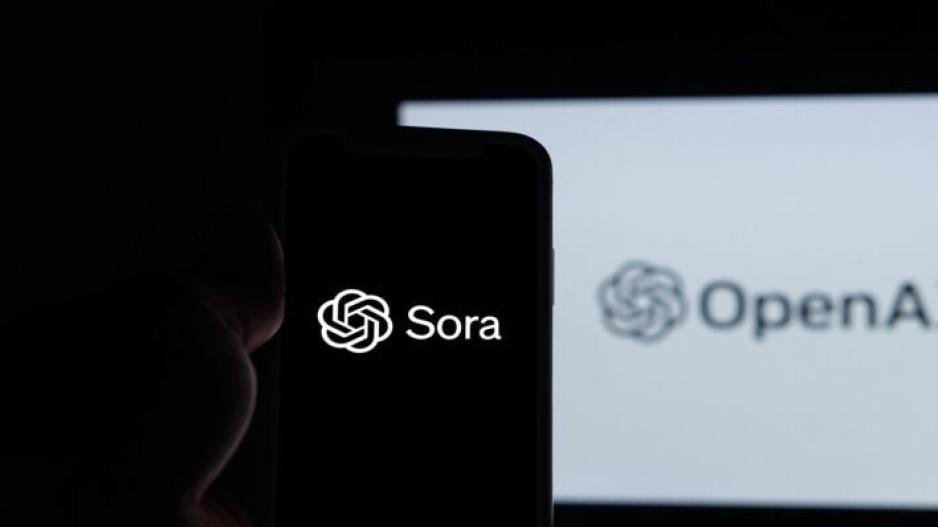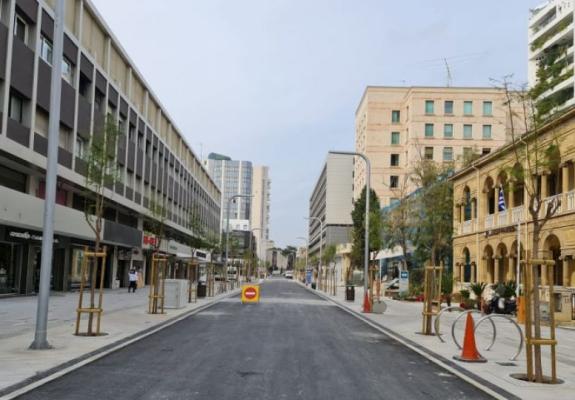OpenAI Introduces Sora: Transforming Text and Images into Realistic Videos (Vid)
AI Video Generation with Photorealistic, Dynamic Content
OpenAI has introduced Sora, a cutting-edge system capable of transforming text and images into photorealistic videos. Named after the Japanese word for “sky,” Sora is based on a combination of diffusion and transformer architectures. This innovative approach allows the AI to convert textual prompts into videos lasting up to 60 seconds.
This groundbreaking technology is not without its challenges. Experts warn that as AI-generated videos become more convincing, distinguishing between real and fake content will grow increasingly difficult. This concern is particularly relevant in light of the potential for deepfake videos to be misused, for instance, in political manipulation or harassment.
Despite these concerns, Sora demonstrates remarkable progress in AI video generation. Unlike previous models that could only generate a few seconds of footage, often unrelated to their prompts, Sora offers a more coherent and believable output. The system breaks down video clips into visual "spacetime patches," allowing for a more realistic portrayal of motion and continuity.
However, OpenAI has been cautious about making Sora widely available. The technology is currently undergoing rigorous testing by a select group of experts in misinformation, hateful content, and bias. These "red team" exercises aim to identify and mitigate potential avenues for misuse.
The technology behind Sora is a blend of diffusion models, similar to those used in AI image generators like DALL-E, and transformer architecture, which processes sequential data. This combination enables Sora to produce videos that are an order of magnitude more believable and less cartoonish than previous AI attempts.
While Sora has made significant strides, the videos it generates are not flawless. They still contain noticeable errors, such as inconsistencies in physical movements or objects appearing out of place. These glitches provide a current safeguard against the undetectable use of deepfakes but also indicate areas for further refinement in the technology.






